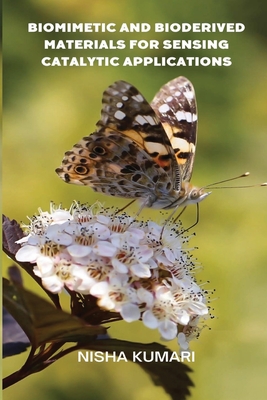You are here
Back to topBiomimetic and bioderived materials for sensing catalytic applications (Paperback)
Description
The Panel on Biomimetic and Bioderived Materials concentrated on how the fusion of biology and physics could produce significantly better, lighter, and more versatile materials for the DoD. Materials originated from biology, such as biological molecules used as the active component in sensors, as well as materials inspired by biology, such as composites with layers and hierarchies resembling an abalone shell used as light, durable armour, were taken into consideration. The possible effects of using biological paradigms in the creation of materials that satisfy DoD standards were thoroughly examined.
Numerous molecules, structures, and systems in live organisms exhibit desirable material qualities that are unattainable by existing nonbiological synthetic methods, as demonstrated by biological systems. Numerous of these molecules, systems, structures, and methods of natural production could be used as the foundation for synthetic materials with improved attributes. The difficulty in developing materials for future defence requirements using live organisms as a model is in recognising defence applications and then comprehending and modifying biological systems to address them. However, discipline-driven education and the traditional division of biology and materials science in academic, industrial, and military laboratories hinder the merging of biology and materials research.
Biology can offer suggestions for how to handle a variety of DoD demands. Solutions may be found in particular biological molecules, cells, or systems in some situations (such as enhanced battlefield medicine and the identification or interdiction of biological warfare agents), while in others (such as smart materials or lightweight structural materials), biology may point the way to more effective methods for material design and synthesis. The difficulty for the materials community is not only incorporating the sensing entity but, perhaps more importantly, maintaining biological function in a nonbiological environment when biological molecules or cells are the active component of a device
